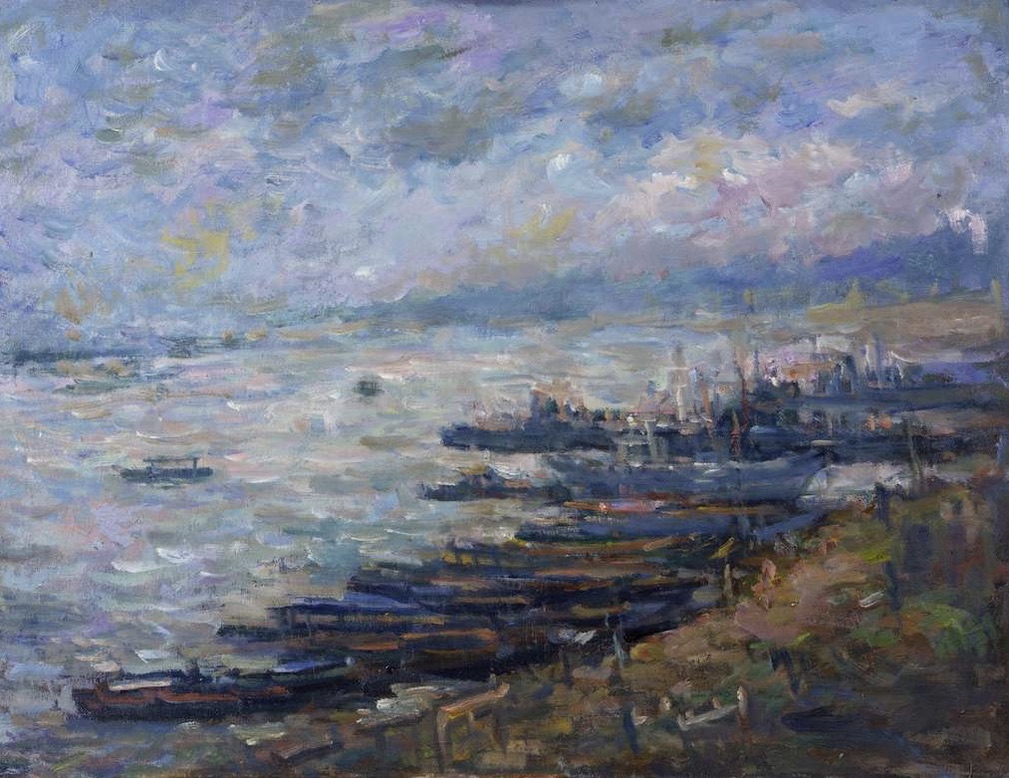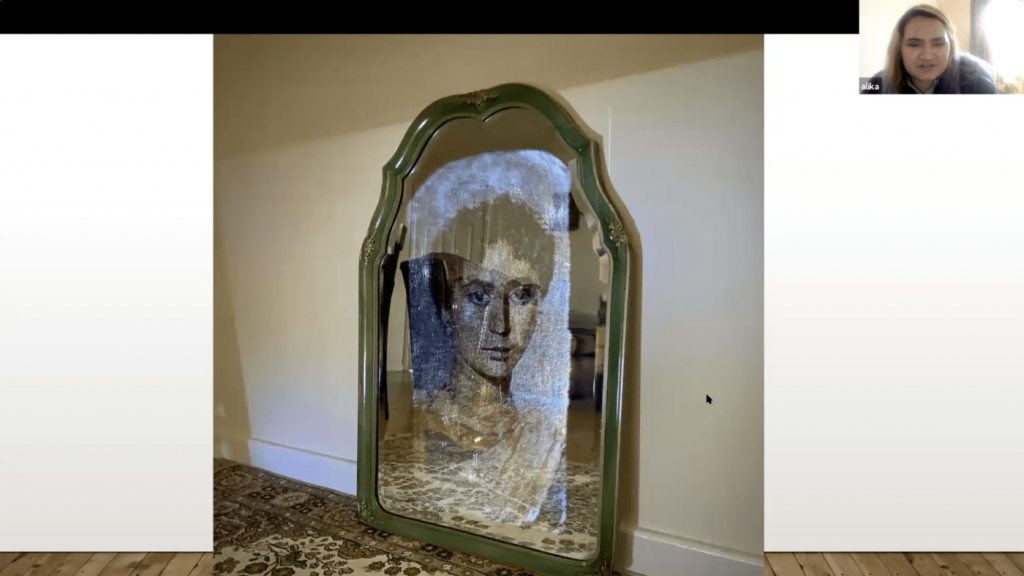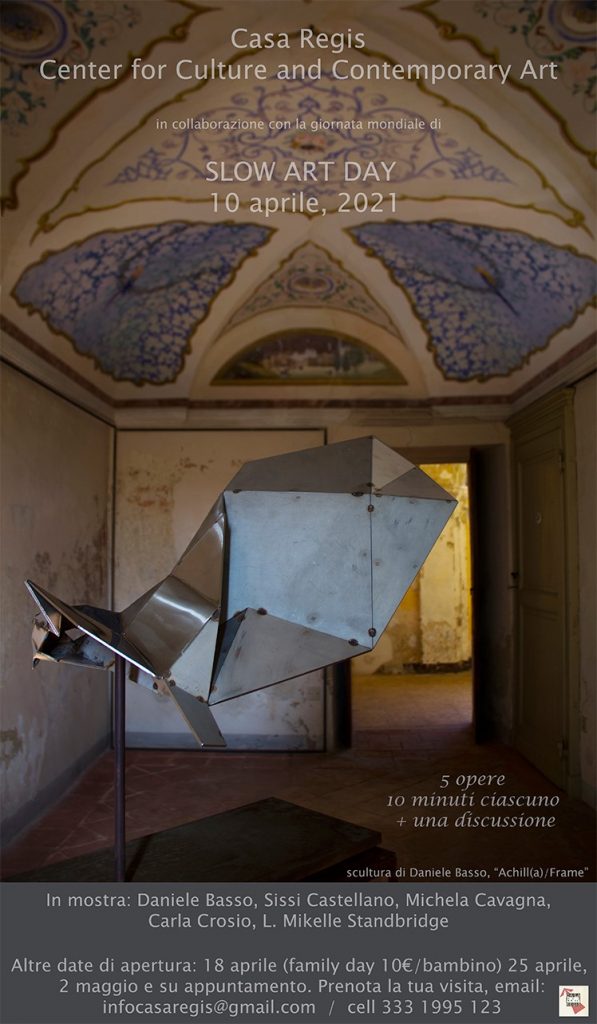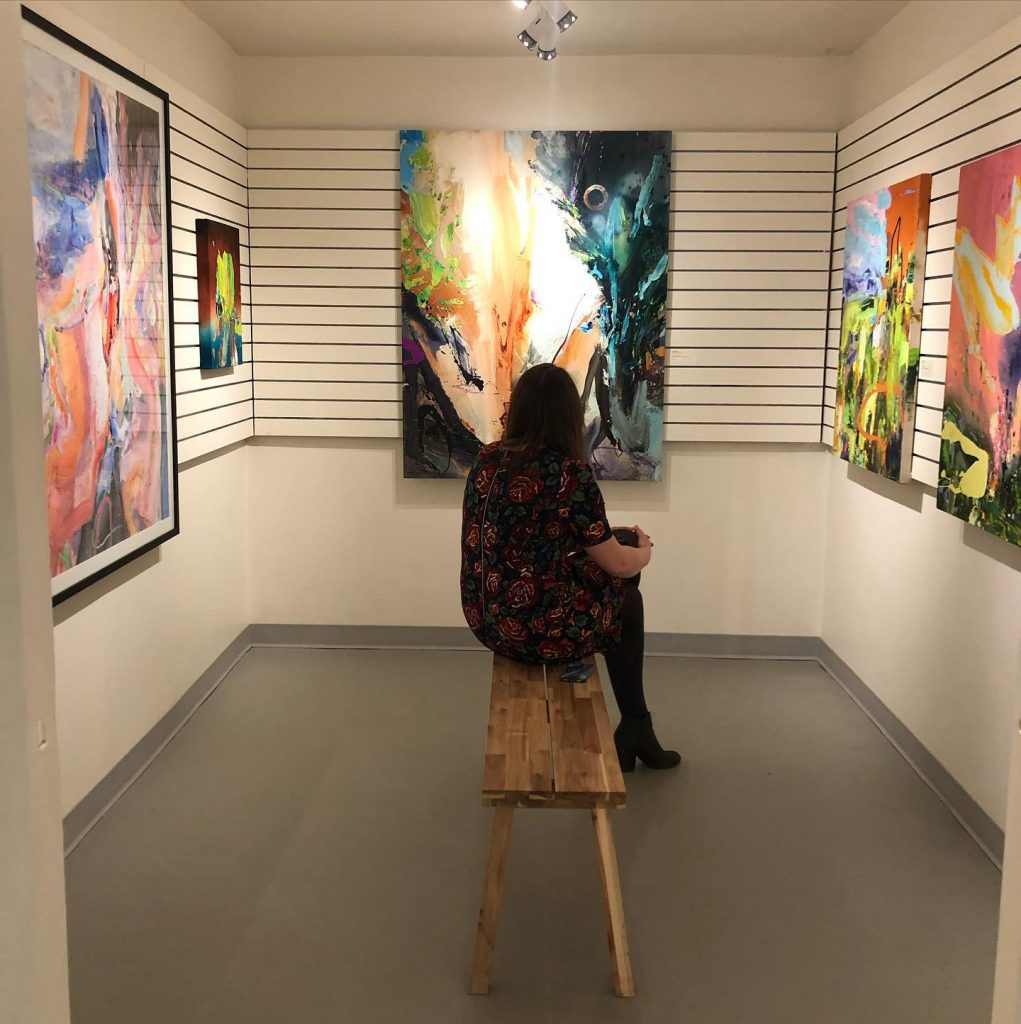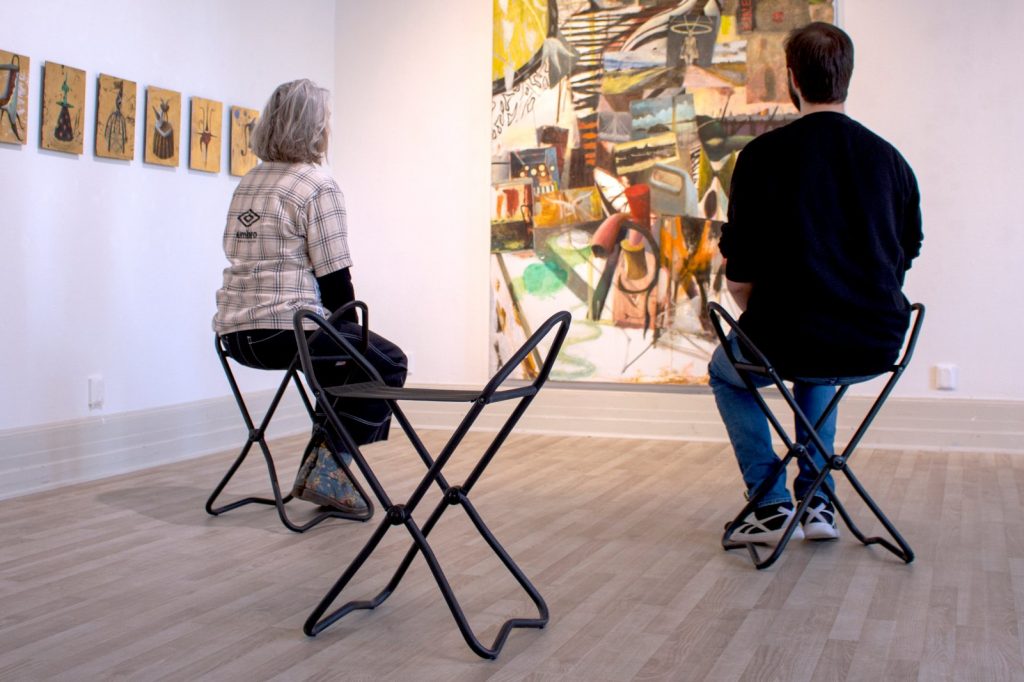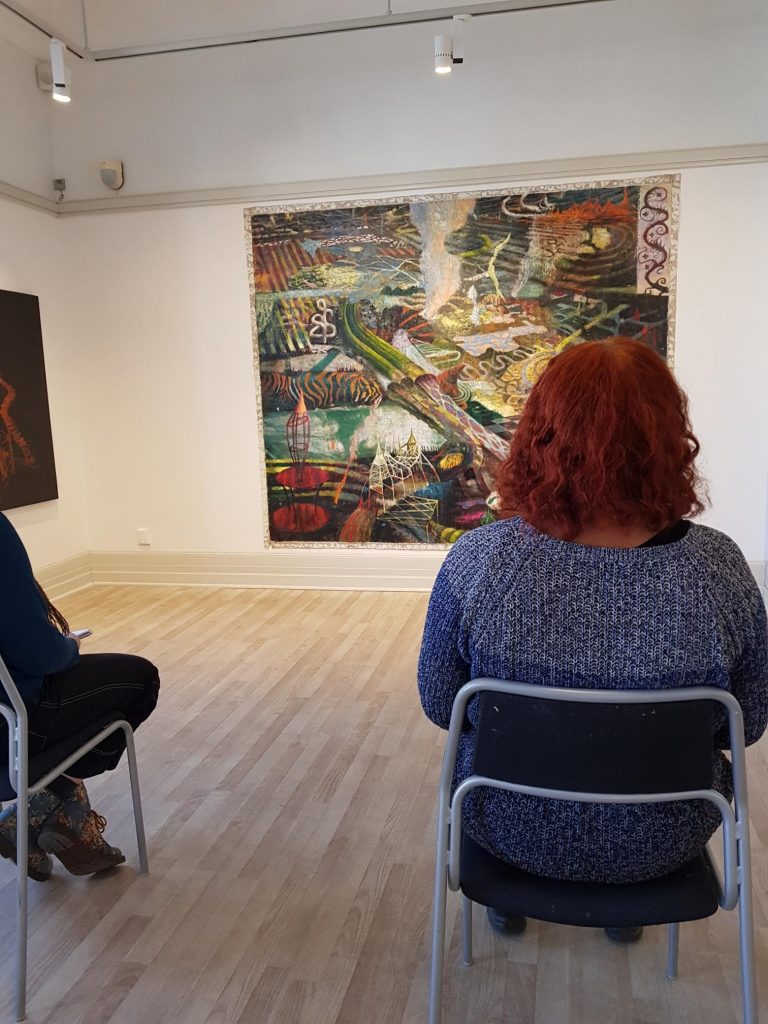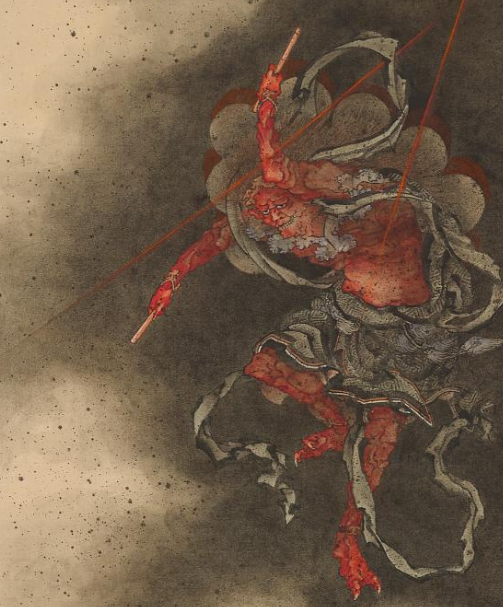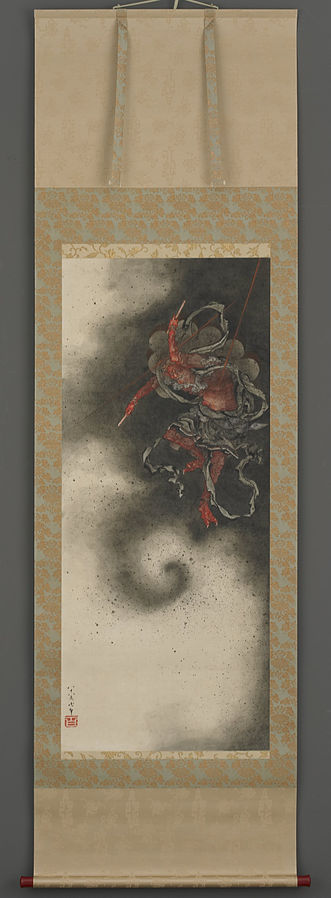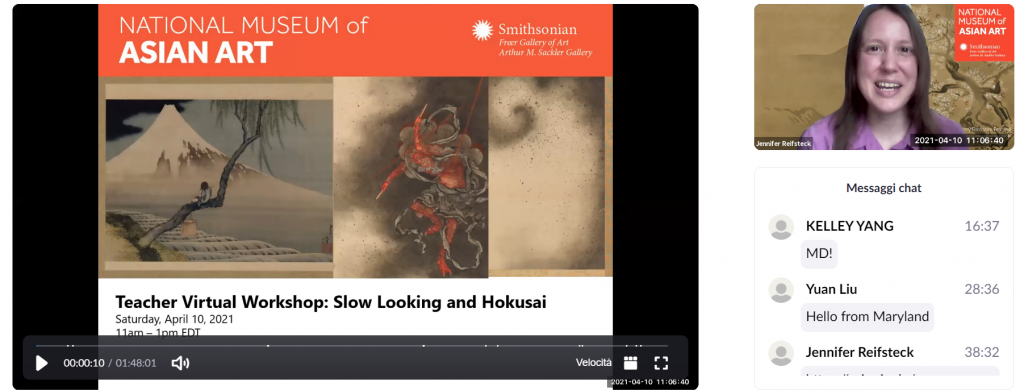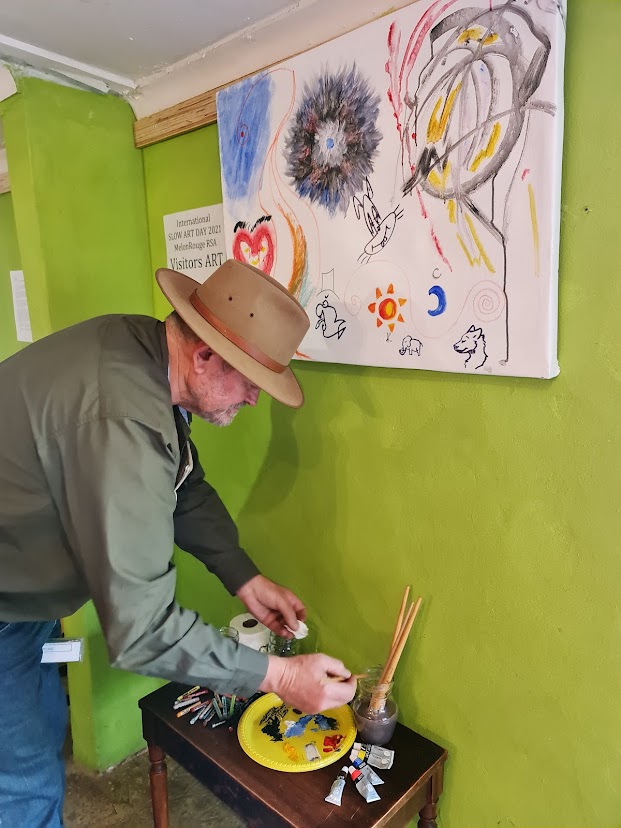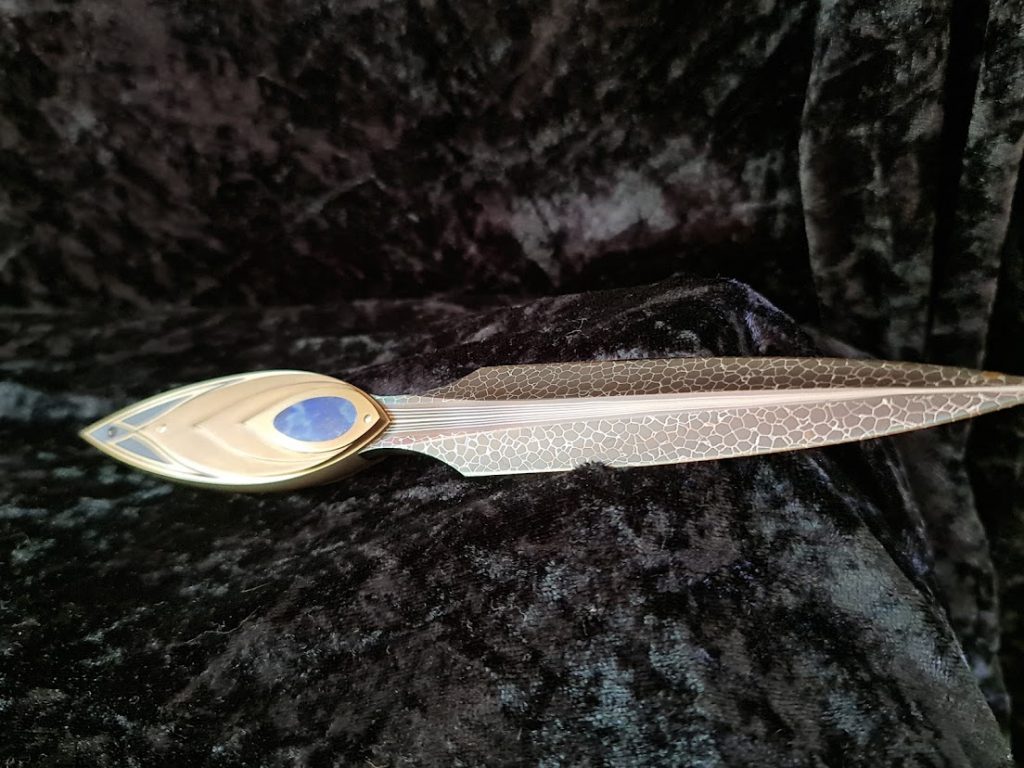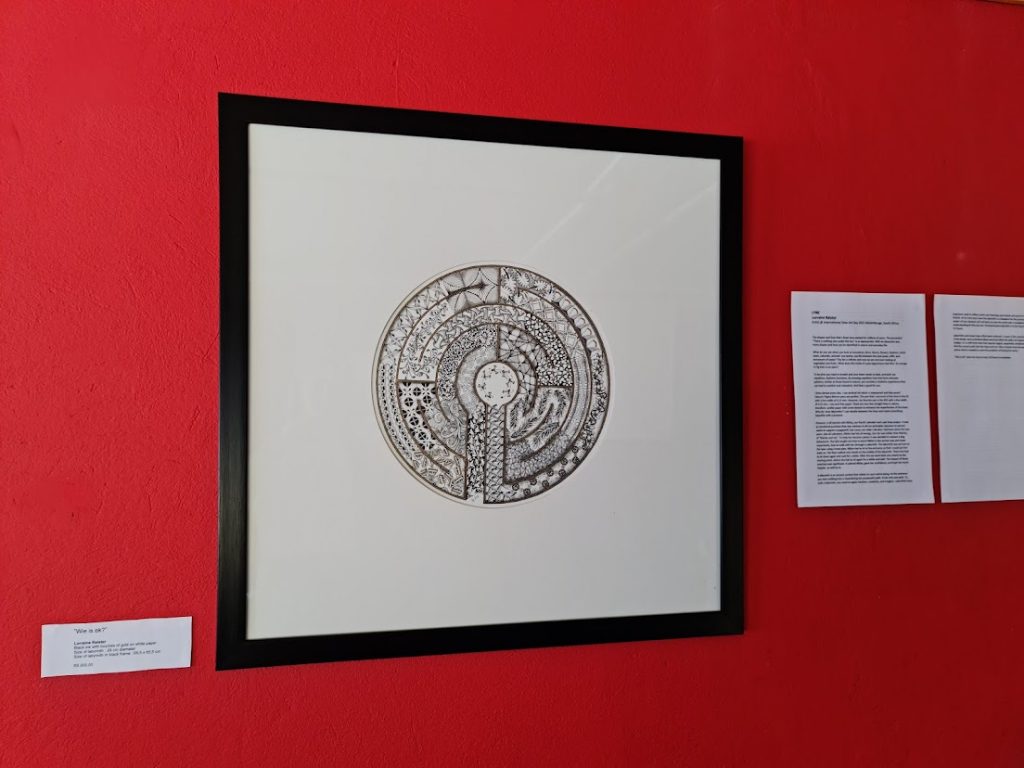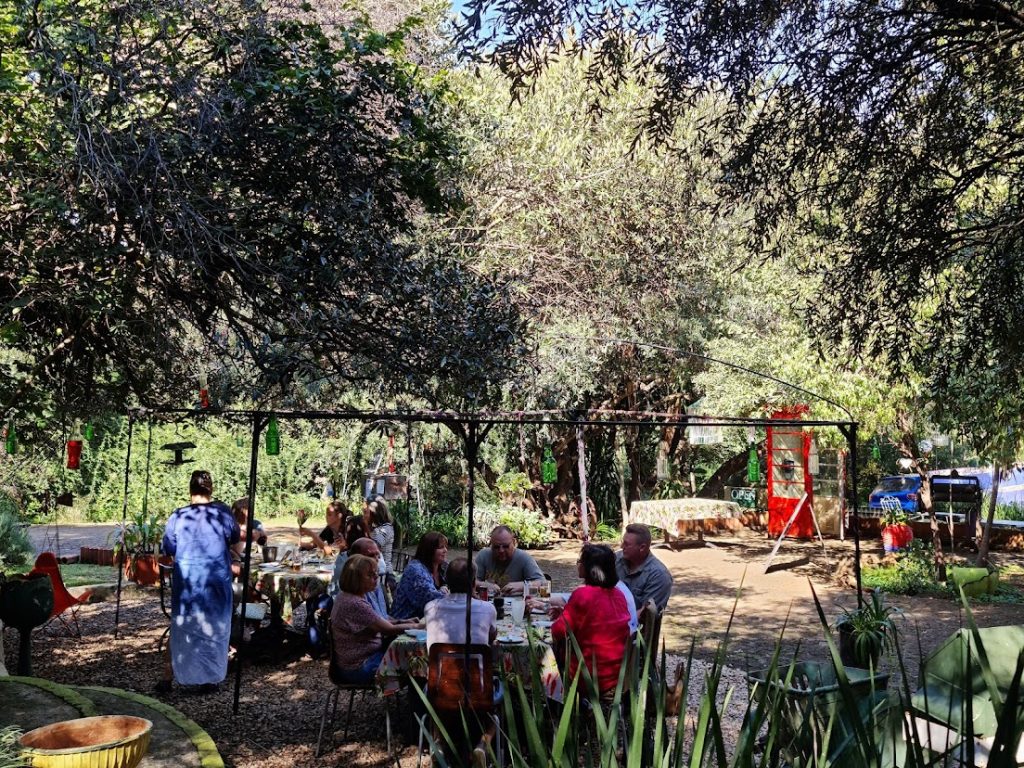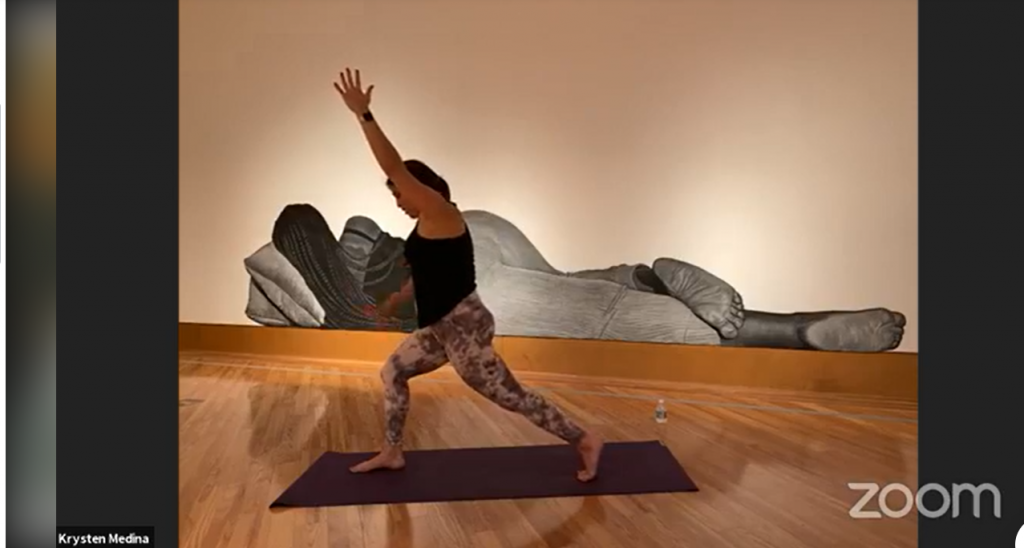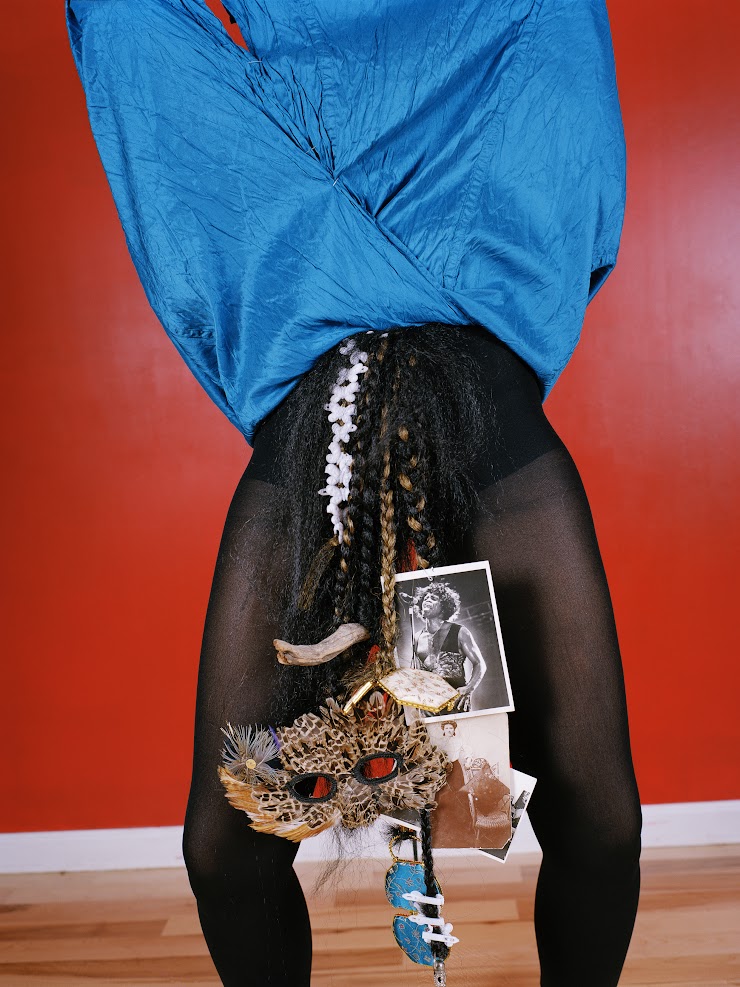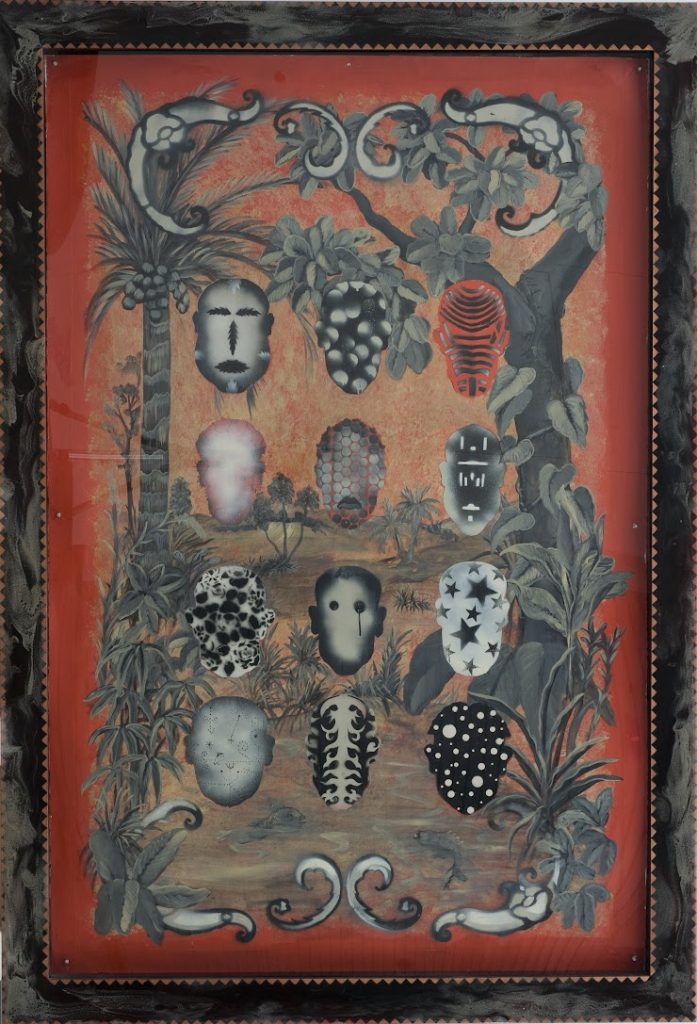For their second Slow Art Day, the Gardiner Museum in Toronto (ON), Canada, created a slow looking video that focused on two ceramic sculptures by renowned Japanese women artists:
- Fujikasa Satoko Hiten; Seraphim, 2016 Stoneware with white slip glaze.
The Diana Reitberger Collection
- Hattori Makiko. Ryū: Flow, 2017 Unglazed porcelainous stoneware
The Diana Reitberger Collection
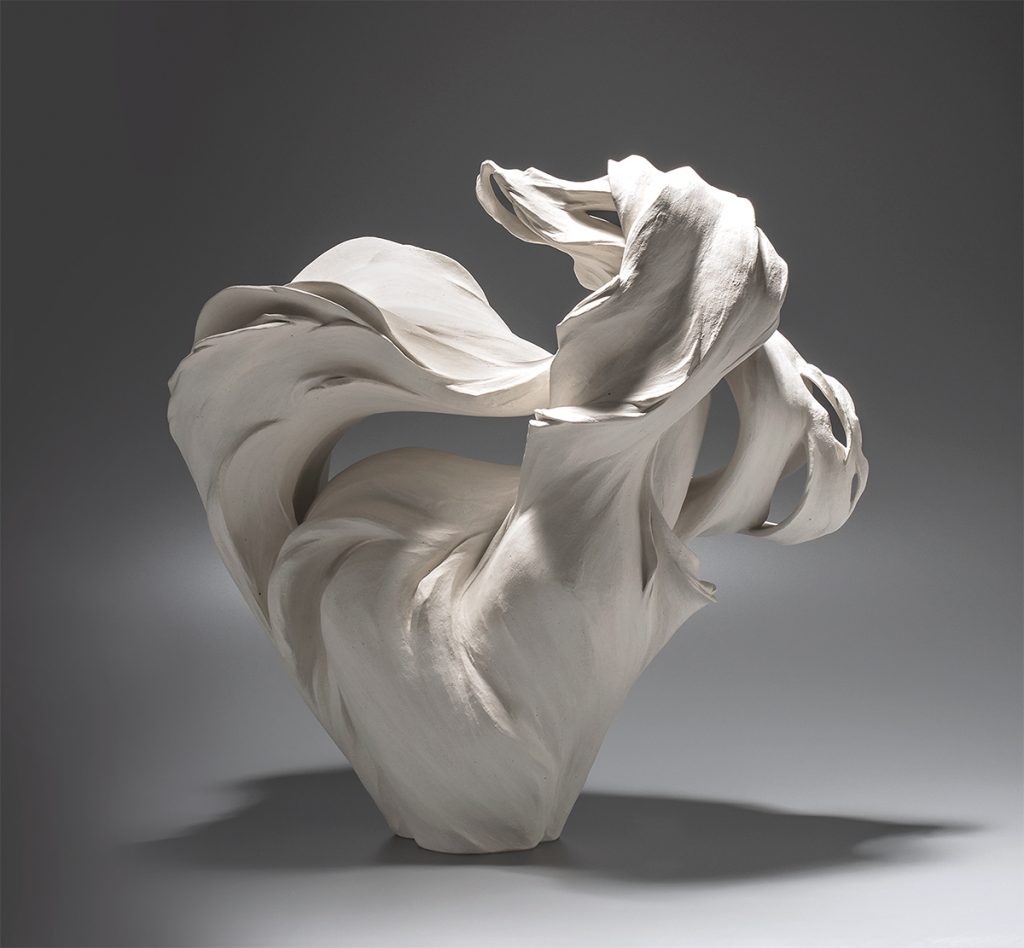
On April 10, the museum invited participants to watch the below video showcasing the sculptures.
We recommend that museum educators and Slow Art Day fans around the world watch this simple and lovely slow looking video. The video is also accessible through the Museum’s website and social media channels: Facebook, Instagram and Twitter.
For those interested in the history of Japanese women sculptors, we recommend this article published in Pen [ペン]: Japan’s Female Ceramists Celebrated on the International Stage.
While watching the video, participants were given the following prompts to better engage with the artworks:
‘Seraphim‘
- Outline the sculpture with your eyes, noticing each bump and curve.
- Trace the outline of the shadow at the base of the sculpture.
- Look at the negative space created around and within the piece. What shapes do you see?
- Observe the different areas of shadow and light. Try to identify all the various tones of grey, white, and black.
- What would you title this piece?
‘Ryū: Flow‘
- Look at the object as a whole. What does it look like to you? Does it remind you of anything familiar?
- Observe the texture of the piece from a distance. What do you think it will look like up close?
- What do think this piece would feel like to touch? Imagine resting your hand against it.
- Pick a point along one of the little ribbons and follow it with your eyes, weaving among the spirals and folds. What shapes can you create?
- Imagine picking up the sculpture. How heavy do you think it would be? Feel its weight in your hands.
- If you were picking a spot to display this piece, where would you put it? Close your eyes and visualize it there.
Participants responded well to the video. We include some of their comments below:
I love experiencing the movements in such quietness. Thanks for showing us!
Participant’s quote
Wonderful pieces, beautifully shot! I could see the flow and feel the texture.
Participant’s quote.
Both beautiful pieces, a very meditative relaxing view of each individually. I really enjoyed looking at these two pieces in this way.
Participant’s quote
Such a lovely escape.
Participant’s quote
It is SLOW ART DAY… and the Gardiner Museum has released this wonderful 5 minute video designed to help us pause and reflect in the midst of our busy lives. What a great idea!
Participant’s quote
We at Slow Art Day HQ loved the video and the prompts. The mindful connection with the ceramic sculptures recreated and enhanced the experience.
We are considering a global tour of Slow Art Day museums, perhaps starting next summer. We would definitely love to visit the Gardiner Museum and see these beautiful sculptures in person.
And, of course, we look forward to what the Gardiner Museum comes up with for Slow Art Day 2022.
Johanna, Jessica, Ashley, and Phyl




